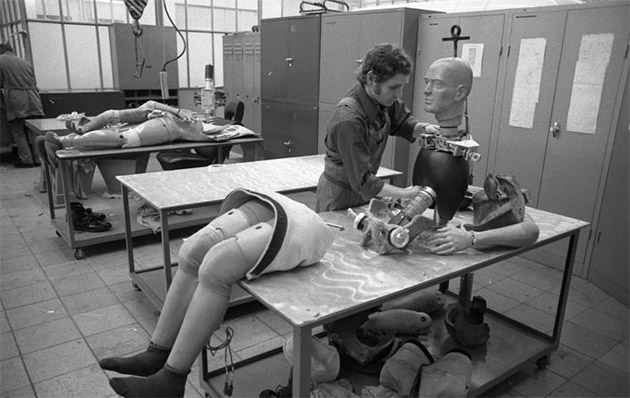Elon Musk and other billionaire tinkerers want to go to Mars to save our species from extinction, but, of course, what we rescue won’t be us but a variant of us. And perhaps not one that seems so familiar.
Colonies on other planets will force evolution, perhaps not on the scale of gene editing, but pretty markedly. Or perhaps in addition to terraforming Mars, we might use genetic engineering to abet Homo sapiens’ survival on our neighboring planet. Of course, if that option becomes available, it won’t likely be soon. We’ll have to remake ourselves in a blunter way in space for the foreseeable future.
From Michael Tennesen’s fascinating The Next Species:
Biosphere 2 is an example of how long-term occupancy of a space station on a planet that is millions of miles from Earth could be extremely dangerous and fraught with perils that science may not yet know enough about.
On the positive side, if we can overcome these hazards, then a Mars space station might offer a place where Homo sapiens can truly differentiate–becoming a new species. Carol Stoker, a planetary scientist at Ames Research Center, envisions a permanent research base of closed environments on Mars as the next most logical place to live outside of Earth. Still, she claims a child who grew up on the Red Planet, with one-third of the gravity of Earth, would never have the physical of skeletal structure to survive on our Blue Planet.
“It is likely that a second-generation Martian would be physically unfit to walk unaided on Earth, at least without intense weight and strength training,” says Stoker. “Just imagine if you suddenly weighed three times what you weigh now. Could you walk? Would your deconditioned heart be able to pump the blood volume needed? Whether we know it or not, we are constantly doing a lot of work against gravity.”
__________________________
Interplanetary travel would be a major evolutionary force for Earth-born settlers on Mars, and frequent travel between Earth and Mars would be unlikely because of the expense. Living on Mars could produce long-term biological changes that would make a return to Earth ultimately impossible. With isolation a natural part of the job, the gradual push of evolution toward becoming another species could happen in outer space just as well as here on Earth.•











